Following the Tobacco Trail: A Global Exploration
Contents
- 1 Following the Tobacco Trail: A Global Exploration
- 1.1 The Roots and Routes of Tobacco
- 1.2 Unveiling a Plant with a Purpose: The Intricacies of Tobacco
- 1.3 Unraveling the Tapestry of Tobacco Production in the United States
- 1.4 A Panoramic View of Tobacco Production Across the Globe
- 1.5 The Ripple Effects: Understanding the Impact of Tobacco Cultivation
- 1.6 Gazing into the Crystal Ball: The Future of Tobacco Cultivation
- 1.7 Wrapping Up: A Comprehensive Look at Tobacco Cultivation
- 1.8 Frequently Asked Questions (FAQs) based on our discussion
- 1.8.1 Where is tobacco grown?
- 1.8.2 What are the different types of tobacco, and how are they used?
- 1.8.3 What is the impact of tobacco cultivation?
- 1.8.4 What are the trends and innovations in tobacco cultivation?
- 1.8.5 How are regulations and public health initiatives influencing the future of tobacco cultivation?
Tobacco, a plant deeply rooted in the indigenous cultures of the Americas, has evolved into a major global commodity. Our exploration will take us to the heart of this industry, from the lush tobacco fields of North Carolina to the bustling markets of China, and beyond.
We’ll discuss the cultivation practices that bring this potent plant to life and the economic, environmental, and social impacts that these practices have on communities around the world.
The importance of understanding where and how tobacco is grown cannot be overstated. As one of the most widely consumed and controversial products on the planet, tobacco has a profound impact on our global society.
From the farmers who cultivate it to the billions of people who consume it, tobacco touches lives in countless ways. By gaining a deeper understanding of tobacco from seed to smoke, we can better appreciate the complexities and contradictions of this fascinating, yet, sometimes deadly plant.
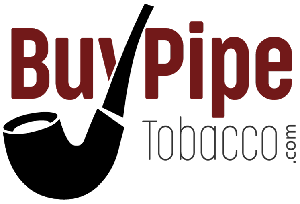
The Roots and Routes of Tobacco
A plant with a rich, complex history has roots that trace back to ancient cultures of the Americas. Its journey from a sacred plant used in indigenous rituals to a global commodity is a fascinating tale of cultural exchange, exploration, and transformation.
This section will explore the origins of tobacco and its spread around the world, shedding light on how this plant has shaped and been shaped by human history.
>>Discover more about Tobacco History here<<
A Brief History of Tobacco
The story of tobacco began over a thousand years ago with the indigenous cultures of the Americas. These early societies recognized the value of this plant, not for its addictive properties, but for its medicinal and spiritual uses. It was a central part of their rituals and ceremonies, believed to have the power to cleanse the body and spirit and communicate with the divine.
As the centuries passed, tobacco use in these societies became more varied. It was used as a form of currency, a medicine, and even as a means of sealing peace treaties. The plant was deeply woven into the fabric of these cultures, a testament to its versatility and significance throughout time until now.
The Global Spread of Tobacco
The global spread of tobacco began with the arrival of Europeans in the New World. Christopher Columbus, during his famed 1492 voyage, was one of the first Europeans to encounter tobacco.
He and his crew were gifted with dried tobacco leaves by the indigenous people they met in the Caribbean, marking the beginning of tobacco’s introduction to the Old World.
From these early encounters, tobacco quickly caught the interest of European explorers and traders. It spread across Europe like wildfire, captivating the curiosity of people from all walks of life.
By the 17th century, tobacco had reached the shores of Africa, Asia, and the Middle East, carried by traders and colonizers. Its popularity continued to grow, and by the 19th century, it had become a global commodity, cultivated in colonies and consumed in metropolises around the world.
Today, tobacco is grown in numerous countries across the globe, a testament to its enduring appeal and the complex network of trade routes that have facilitated its spread.
From its humble beginnings in the Americas, tobacco has truly become a global plant, its story intertwined with the history of human civilization.
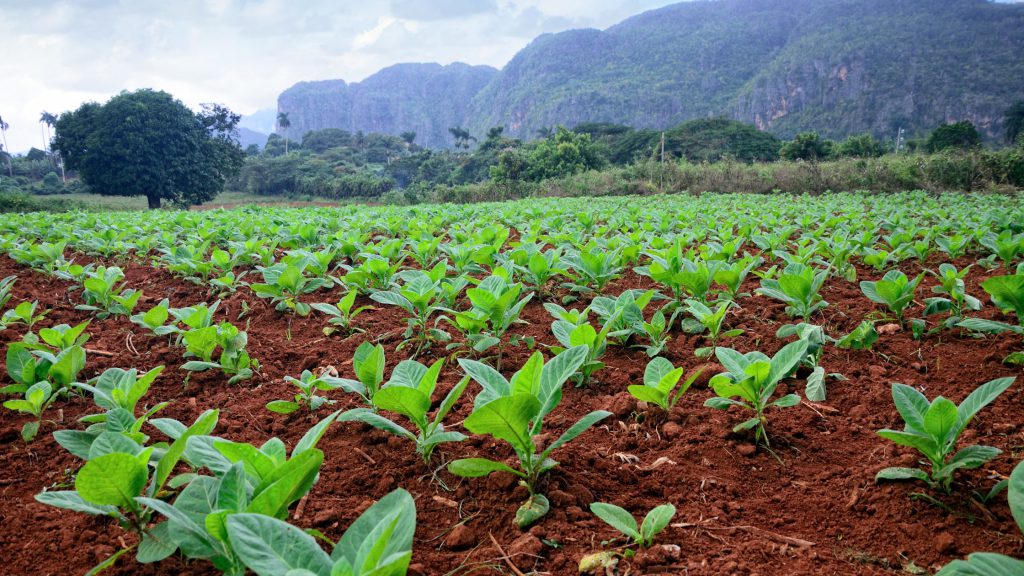
Unveiling a Plant with a Purpose: The Intricacies of Tobacco
Nicotiana, aka, tobacco, a genus that has captured the attention of societies across the globe, boasts a unique biology and a cultivation process steeped in tradition and expertise.
Indeed, this plant’s resilience and versatility have allowed it to thrive in diverse environments, and its cultivation has been honed into an art form over centuries.
As we further discuss this topic about where is tobacco grown, we’ll also uncover all the fascinating characteristics of this plant and the precise steps involved in its growth.
The Tobacco Plant Uncovered
The tobacco plant, a proud member of the nightshade family, is easily recognizable by its broad, green leaves and tubular flowers. This hardy plant is a marvel of adaptability, capable of thriving in a wide range of climates and soil types; from the rich, loamy soils of North Carolina to the sandy soils of the Middle East.
The plant’s leaves are its crowning glory, harvested for their high nicotine content. These leaves, once cured and processed, are the raw material for a variety of tobacco products, from cigarettes to cigars to snuff.
There are several types of tobacco, each with its unique characteristics. Virginia tobacco, known for its bright, golden leaves, is often used in cigarettes.
Burley tobacco, with its robust flavor and high nicotine content, is a common choice for pipe tobacco and chewing tobacco.
Oriental tobacco, also known as Turkish, is smaller and more aromatic than its counterparts and is used in a variety of tobacco products including cigarettes and hookah tobacco.
Each type of tobacco contributes its distinct flavors and uses to the vast array of tobacco products available today.
The Art of Cultivating Tobacco
Cultivating tobacco is a labor-intensive process that requires careful attention. It begins with the sowing of seeds in controlled environments.
Once the seedlings are strong enough, they’re transplanted to fields. Here, they’ll grow under the watchful eyes of farmers who protect them from pests and diseases.
As the plants mature, their leaves are harvested, usually starting from the bottom of the plant and moving upwards. The leaves are then cured, a process that involves drying them to bring out their flavors.
This can be done in several ways, including air curing, flue curing, and sun curing. Each method imparts different characteristics to the leaves, influencing the final product’s taste and aroma. After curing, the leaves undergo fermentation, a process that further enhances their flavor.
Finally, they’re sorted and packaged for distribution and sale. From seed to final product, the cultivation of tobacco is a testament to the skill and dedication of the farmers who grow it.
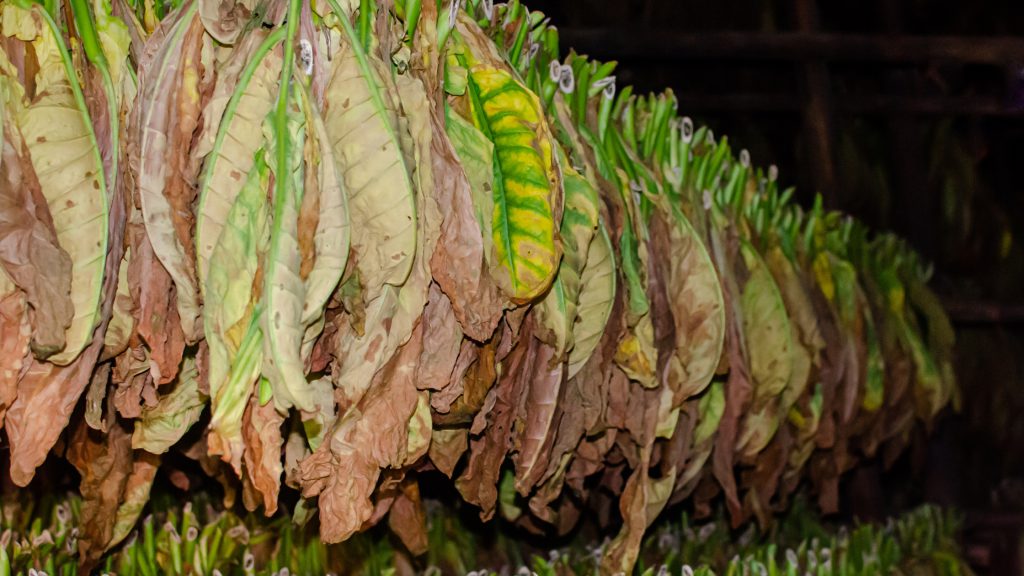
Unraveling the Tapestry of Tobacco Production in the United States
The United States has long been a titan in the global tobacco industry, with its roots reaching back to the nation’s earliest days.
Tobacco production has played a pivotal role in shaping the American agricultural landscape, serving as a cornerstone of economic growth and development in many regions.
This section aims to shed light on the intricacies of tobacco production in the US, from the fertile fields of North Carolina to the rolling hills of Kentucky, and the diverse types of tobacco that these lands yield.
An Overview of US Tobacco Production
The story of tobacco production in the US is a narrative rich in history and transformation. From the colonial era, when tobacco was a primary driver of the economy, to the present day, the industry has evolved and adapted to changing times.
Today, despite facing numerous challenges, including shifting public opinion and regulatory pressures, tobacco production remains a key component of the agricultural sector in several states.
The industry’s resilience can be attributed to a combination of factors, including the adaptability of growers, advancements in cultivation and processing techniques, and the enduring demand for tobacco products.
As the leading country, the US continues to be a major player in the global tobacco market, exporting high-quality tobacco to countries around the world.
Leading States in Tobacco Production
Tobacco production in the US isn’t evenly distributed across the country; it’s concentrated in a handful of states, each with its unique growing conditions, traditions, and types of tobacco.
North Carolina is the leading producer, a state where tobacco fields are as much a part of the landscape as the Blue Ridge Mountains. The state’s warm, humid climate and rich, well-drained soil create ideal conditions for growing high-quality tobacco.
Kentucky follows closely behind North Carolina in terms of production. Known for its burley tobacco, Kentucky’s fields yield a crop with a robust flavor and high nicotine content, making it a popular choice for pipe tobacco and chewing tobacco.
Tennessee, Virginia, Georgia, South Carolina, and Pennsylvania also contribute significantly to US tobacco production. Each of these states has a rich tobacco heritage, and their combined output forms the backbone of the US tobacco industry.
The diversity of growing conditions and types of tobacco across these states contributes to a wide range of flavors and qualities, catering to the varied tastes of tobacco consumers.
Types of Tobacco Grown in the US and Their Uses
Virginia tobacco, also known as Brightleaf, is the most widely grown type. It’s prized for its light, mild flavor and is commonly used in cigarettes.
Burley tobacco, primarily grown in Kentucky and Tennessee, is another major type. It’s known for its robust flavor and high nicotine content, making it a popular choice for pipe tobacco and chewing tobacco.
In Pennsylvania, a type of tobacco known as Pennsylvania Broadleaf is grown. This tobacco is often used in the production of cigars due to its hearty flavor and good burning properties.
Each type of tobacco grown in the US contributes to a diverse range of products, catering to the varied tastes of tobacco consumers both domestically and internationally.
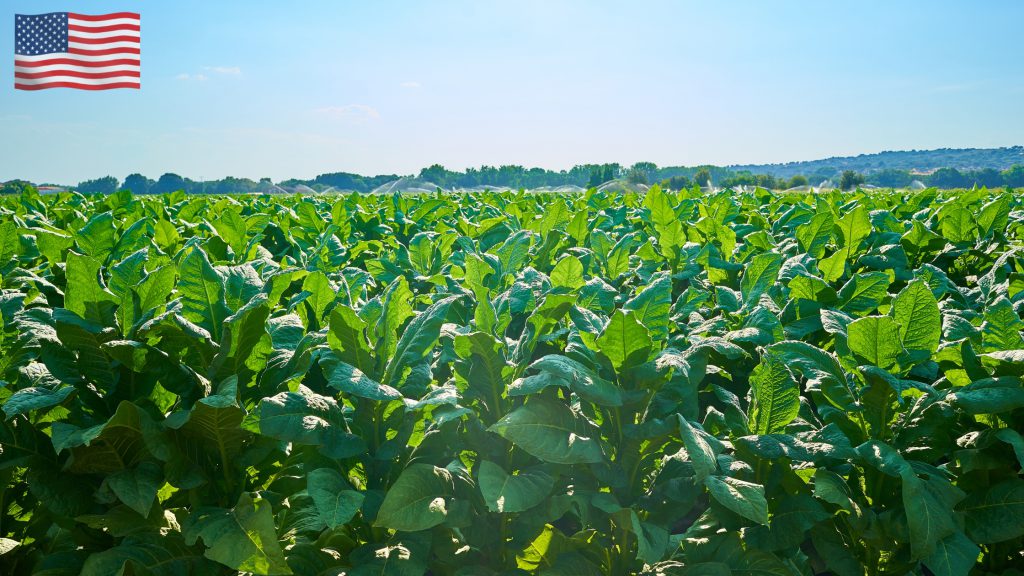
A Panoramic View of Tobacco Production Across the Globe
Casting a global net, the tapestry of tobacco production is a rich mosaic of landscapes, techniques, and traditions.
This industry, deeply rooted in the soils of numerous countries and cultures, paints a picture of diversity and vastness. In this section, we’ll journey through the tobacco fields of the world, highlighting the leading countries in tobacco production and the unique types of tobacco they cultivate.
An Overview of Global Tobacco Production
On the global stage, the narrative of tobacco production weaves a tale of diversity, complexity, and resilience.
This industry stretches across continents, from the expansive, leaf-laden fields of China to the sun-soaked, fertile plains of Brazil, and beyond.
Each region contributes its unique thread to the global tapestry of tobacco, shaped by local climates, soils, and cultivation practices.
Despite facing a myriad of challenges, including evolving regulations and shifting public sentiment, global tobacco production remains a formidable economic pillar in many countries.
It’s an industry that not only contributes significantly to national economies but also provides livelihoods for millions of people.
From farmers tending to their fields and workers in processing plants, to traders in local and international markets, the ripple effects of this industry are far-reaching.
Leading Countries in Tobacco Production
Among the multitude of countries producing tobacco, five stand out for their substantial contributions: China, India, Brazil, Zimbabwe, and Indonesia. Each of these countries has a unique tobacco heritage and contributes significantly to the global tobacco supply.
China, the world’s largest tobacco producer, is in a league of its own. Its vast tobacco fields stretch across many of its provinces, producing a significant portion of the world’s tobacco.
India, Brazil, Zimbabwe, and Indonesia also play crucial roles in global tobacco production. From the sun-drenched fields of Brazil to the fertile plains of Zimbabwe, these countries produce a variety of tobacco types that cater to diverse global demands.
Types of Tobacco Grown and Their Uses
Each of these leading tobacco-producing countries cultivates different types of tobacco, contributing to the rich diversity of the global tobacco supply.
In China, the primary type of tobacco grown is Flue-cured Virginia. This tobacco is known for its bright, golden leaves and mild flavor, making it a popular choice for cigarettes.
India is known for its production of Flue-cured Virginia and Bidi tobacco. The latter is used in the production of bidis, a type of traditional Indian cigarette.
Brazil is renowned for its production of Flue-cured Virginia and Dark Air-cured tobacco. The latter is often used in cigars and pipe tobacco due to its rich, robust flavor.
Zimbabwe primarily produces Flue-cured Virginia and Burley tobacco, while Indonesia is known for its production of Flue-cured Virginia and Oriental tobacco. The latter, known for its small leaves and aromatic qualities, is often used in blended cigarettes.
Each type of tobacco grown in these countries has its unique characteristics and uses, contributing to the wide array of tobacco products available on the global market.
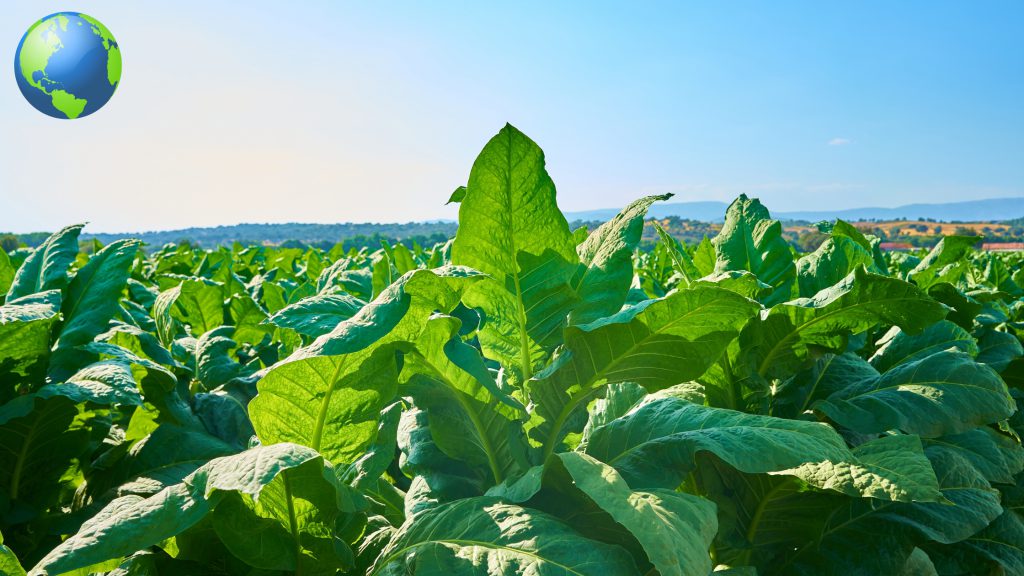
The Ripple Effects: Understanding the Impact of Tobacco Cultivation
Tobacco cultivation, a significant pillar of many economies, casts a wide net of impacts that extend far beyond the confines of the fields where the plant is grown.
These impacts, which permeate the economic, environmental, and social domains, are multifaceted and far-reaching. In this section, we’ll now dive deeper into these effects, illuminating the broader, often unseen, implications of tobacco cultivation.
Economic Impact of Tobacco Cultivation
Economically, tobacco cultivation serves as a lifeline for millions of farmers worldwide. It’s a source of income for countless families and contributes substantially to the economies of many tobacco-growing countries through taxes and export revenues.
The industry also creates jobs in related sectors, such as processing, manufacturing, and distribution.
However, the economic benefits of tobacco cultivation are often counterbalanced by its inherent risks. The industry is subject to the whims of the global market, with prices and demand often fluctuating due to factors such as changes in global tobacco consumption, regulatory measures, and international trade policies.
This volatility can lead to economic instability for farmers and communities heavily reliant on tobacco for their livelihood.
Environmental Impact of Tobacco Cultivation
Looking at it from an environmental angle, tobacco cultivation leaves a significant mark. This process heavily relies on chemicals, including pesticides and fertilizers. These substances can seep into water bodies, endangering aquatic life and contaminating water supplies.
Such chemicals don’t just pose a threat to water. They can also degrade the quality of the soil, diminishing its fertility and disrupting local ecosystems.
Moreover, tobacco cultivation doesn’t just impact the land and water; it affects the air too. Curing, especially for Flue-cured tobacco, demands large quantities of wood.
This requirement leads to deforestation and the consequent loss of biodiversity. Burning wood for curing also emits carbon dioxide and other pollutants, exacerbating air pollution and contributing to climate change.
Social Impact of Tobacco Cultivation
On the social front, the impact of tobacco cultivation is a mixed bag. While the industry provides employment opportunities for many, these jobs are often characterized by poor working conditions, low wages, and a lack of social protections.
Workers in the tobacco industry, particularly those in low-income countries, often face health risks due to exposure to nicotine and harmful pesticides.
In some regions, the industry is also associated with child labor. Children, some as young as five, are found working in tobacco fields, performing hazardous tasks such as applying pesticides and harvesting tobacco leaves. This not only deprives them of their childhood but also exposes them to health risks and hampers their education.
These social issues underscore the need for more sustainable and ethical practices in the tobacco industry. They highlight the importance of regulations and initiatives aimed at improving working conditions, eliminating child labor, and ensuring fair wages in the industry.
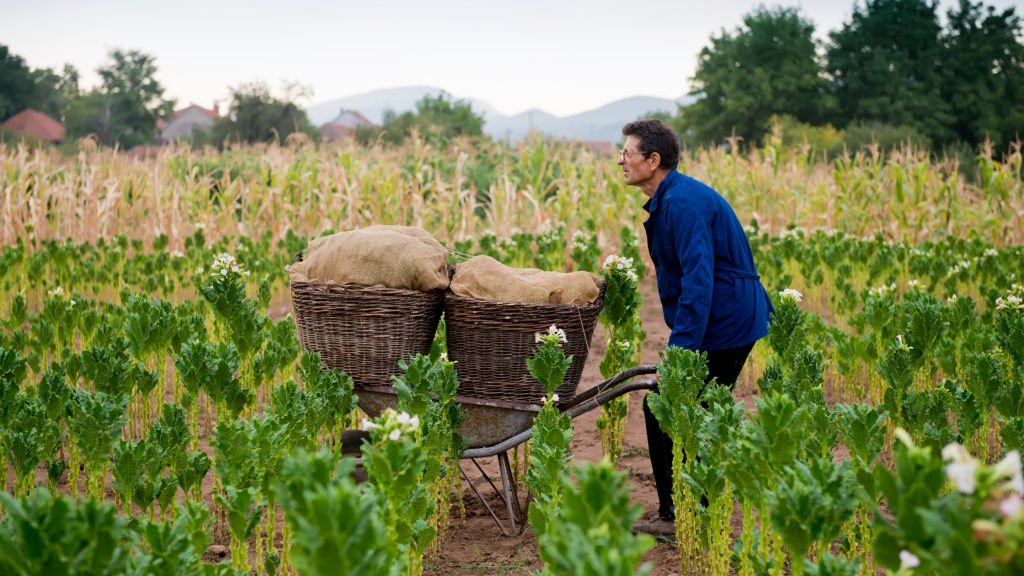
Gazing into the Crystal Ball: The Future of Tobacco Cultivation
As we cast our gaze toward the future, the landscape of tobacco cultivation is poised for transformation.
This industry, steeped in tradition and history, is on the cusp of change, driven by evolving trends, technological innovations, and the growing influence of regulatory and public health initiatives.
In this section, we’ll navigate the contours of this changing landscape, exploring the emerging trends, industry shifts, and the role of regulations in shaping the future of tobacco cultivation.
Emerging Trends in Tobacco Cultivation
Going forward, tobacco cultivation isn’t immune to the winds of change. Consumer preferences, technological advancements, and regulatory changes are converging to shape the future of this industry.
One trend that stands out is the growing demand for organic tobacco. As consumers become more health conscious and environmentally aware, the appeal of organic products is on the rise.
This shift is prompting some tobacco farmers to embrace organic farming practices, despite the challenges such as higher costs and lower yields. The trend towards organic tobacco signifies a broader shift in the industry towards more sustainable and environmentally friendly practices.
Innovations and Changes in the Industry
Innovation is a powerful driver of change in any industry, and tobacco cultivation is no exception. Technological advancements are equipping tobacco farmers with new tools and techniques to boost yield, enhance quality, and mitigate environmental impact.
Precision farming technologies, for instance, are revolutionizing the field. These technologies, which include GPS, remote sensing, and data analytics, allow farmers to manage their fields with unprecedented precision.
They can monitor soil conditions, track weather patterns, and even detect disease outbreaks, enabling them to use water, fertilizers, and pesticides more efficiently. This not only reduces the environmental impact of tobacco cultivation but also improves yield and quality.
The Influence of Regulations and Public Health Initiatives
Regulatory measures and public health initiatives are also playing a pivotal role in shaping the future of tobacco cultivation.
Around the world, governments and health organizations are ramping up efforts to curb tobacco consumption. These measures range from increasing taxes on tobacco products to implementing plain packaging laws and public smoking bans.
While these initiatives aim to protect public health, they also have significant implications for tobacco demand and, consequently, tobacco cultivation.
However, these challenges are also sparking innovation in the industry. Researchers and companies are exploring alternative uses for tobacco, such as biofuel production and pharmaceutical applications.
These developments could open up new markets for tobacco, offering a potential pathway for the industry to adapt and thrive in a future where tobacco consumption may decline.
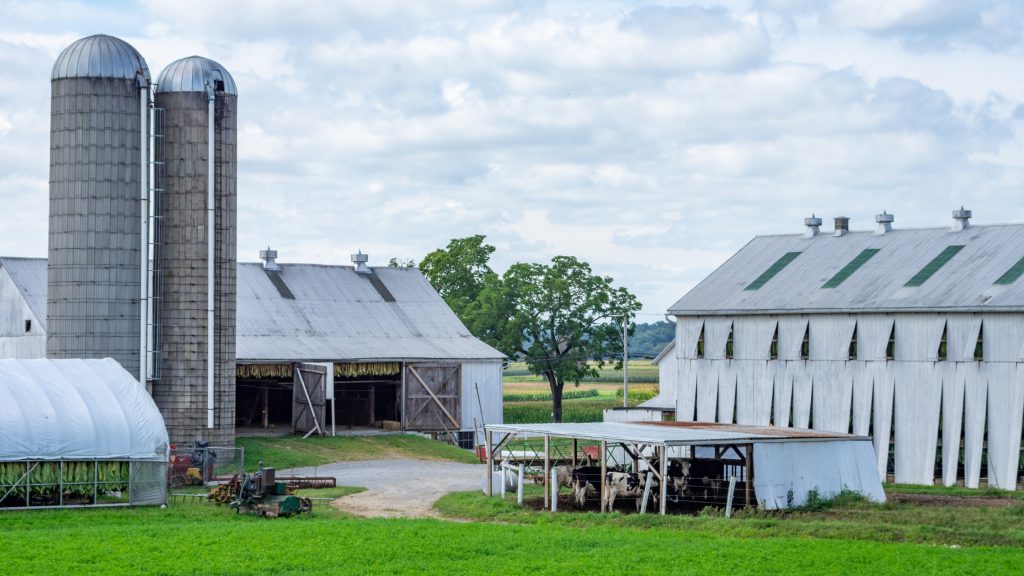
Wrapping Up: A Comprehensive Look at Tobacco Cultivation
Our exploration of tobacco cultivation has taken us from historical roots to modern practices, spanning both the United States and the globe.
We’ve examined the unique traits of the tobacco plant and the intricate process of its cultivation. Additionally, we’ve spotlighted the leading states and countries in tobacco production and the distinct types of tobacco they grow.
We’ve also discussed the profound economic, environmental, and social impacts of tobacco cultivation. These effects are intricate and far-reaching, influencing not only the farmers and communities directly involved in tobacco production but also the broader environment and society.
As we look to the future, tobacco cultivation is poised for transformation. Emerging trends, technological innovations, and regulatory measures are set to shape the industry, presenting both challenges and opportunities.
In conclusion, the topic of tobacco cultivation is multifaceted, with deep historical significance and wide-ranging impacts.
As we navigate the future, it’s evident that this industry will continue to adapt and evolve in response to shifts in consumer preferences, technological advancements, and regulatory pressures. This evolution promises to be as complex and diverse as the tobacco plant itself.
Frequently Asked Questions (FAQs) based on our discussion
Where is tobacco grown?
Tobacco is grown in various regions worldwide, with significant production in both the United States and several other countries. In the US, the leading states for tobacco production are North Carolina, Kentucky, Tennessee, Virginia, Georgia, South Carolina, and Pennsylvania. Globally, the top countries for tobacco production include China, India, Brazil, Zimbabwe, and Indonesia.
What are the different types of tobacco, and how are they used?
There are several types of tobacco, each with distinct flavors and uses. Some of the common types include Flue-cured Virginia, Burley, and Oriental. Flue-cured Virginia is known for its bright, golden leaves and mild flavor, making it a popular choice for cigarettes. Burley tobacco, with its robust flavor and high nicotine content, is often used in pipe tobacco and chewing tobacco. Oriental tobacco, known for its small leaves and aromatic qualities, is often used in blended cigarettes.
What is the impact of tobacco cultivation?
Tobacco cultivation has significant economic, environmental, and social impacts. Economically, it generates income for millions of farmers and contributes to national economies through taxes and export revenues. Environmentally, it involves extensive use of chemicals and wood, which can contaminate water sources, degrade soil quality, and contribute to deforestation and air pollution. Socially, while it employs many, it’s often marked by poor working conditions, low wages, and in some regions, child labor.
What are the trends and innovations in tobacco cultivation?
Trends in tobacco cultivation include a growing demand for organic tobacco and the use of precision farming technologies. Organic tobacco caters to consumers seeking “natural” products, while precision farming technologies, such as GPS, remote sensing, and data analytics, allow farmers to manage their fields more efficiently and reduce environmental impact.
How are regulations and public health initiatives influencing the future of tobacco cultivation?
Regulations and public health initiatives are shaping the future of tobacco cultivation by implementing measures to reduce tobacco consumption. These measures, which include increasing taxes on tobacco products and implementing plain packaging laws, are likely to impact the demand for tobacco. At the same time, these initiatives are driving efforts to develop alternative uses for tobacco, such as biofuel production.

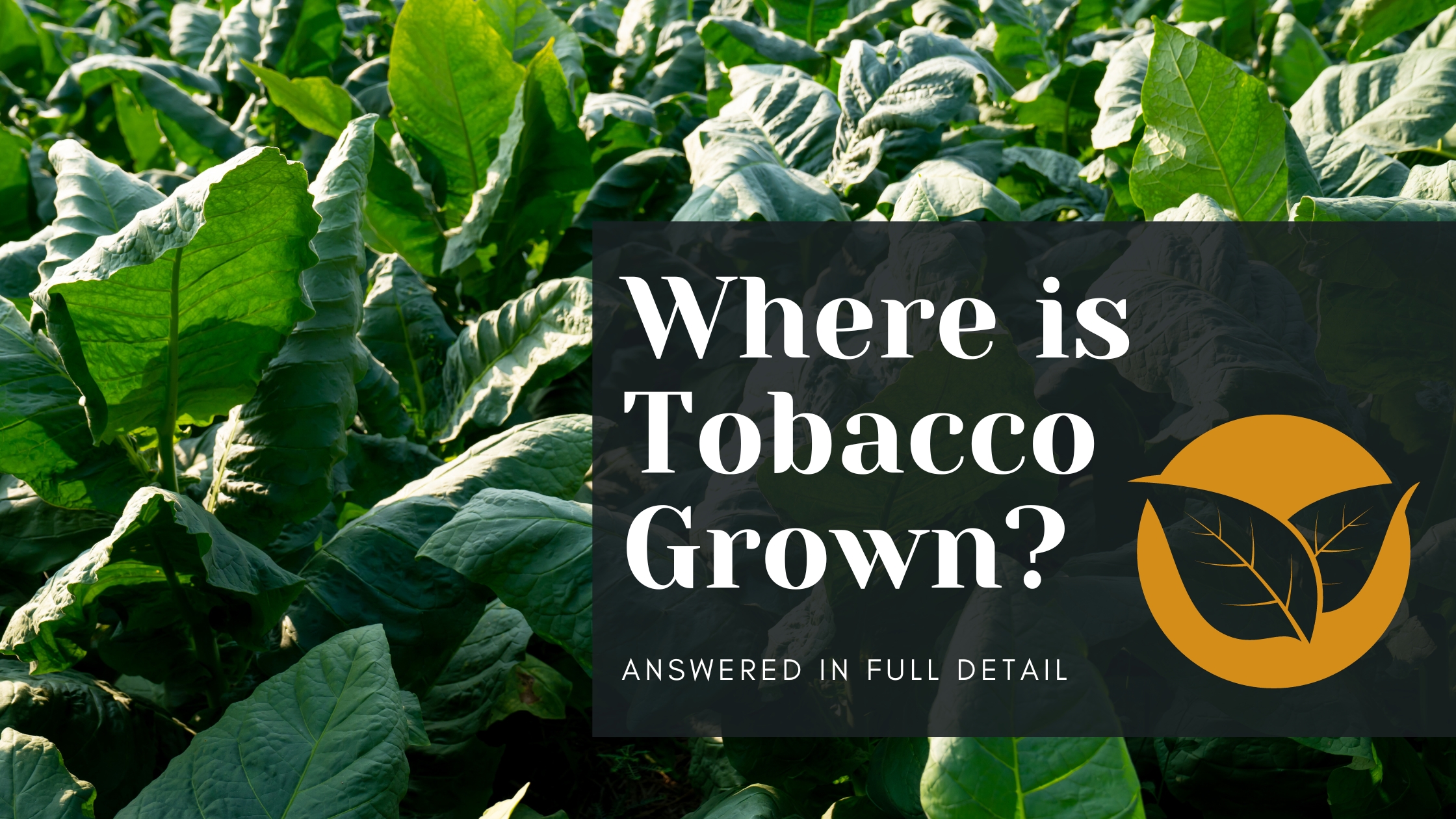

Recent Comments